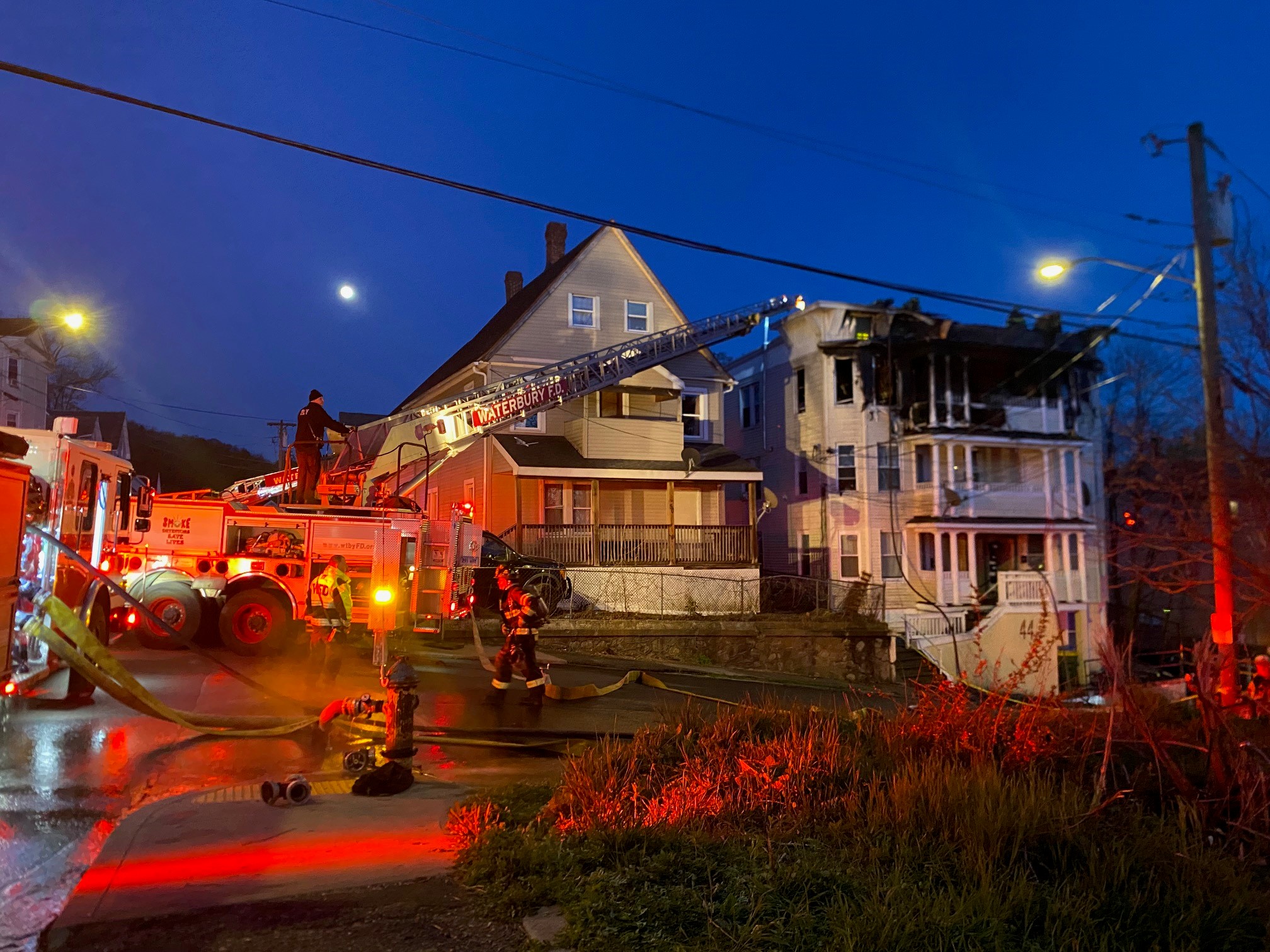It is a busy time for birds in Connecticut.
“Whether it’s if the winds blowing from the south, we might be getting some butterflies that are pioneering northwards,” explains Patrick Comins, the executive director for the Connecticut Audubon Society. “Or when every time there’s a cold front, there’s a new crop of migrating birds that comes through.”
With a cold front coming through Tuesday, early Wednesday morning, you could see hundreds of thousands of birds flying overhead if you look up - something Paul Desjardins from Windsor Locks has been doing for 62 years. He got his start birding in elementary school.
“We had a junior Audubon Club and the teacher passed out the paintings by Roger Tory Peterson,” said Desjardins. “And I still remember the cardinal he painted. I was pretty impressed, you know, and that was what really sparked me.”
Get Connecticut local news, weather forecasts and entertainment stories to your inbox. Sign up for NBC Connecticut newsletters.
And to call him a wealth of bird knowledge doesn’t even scratch the surface. He can raddle off specific dates he’s seen certain birds at the drop of a hat.
“December 16th, 1973, just before the ice storm, and that was a good bird for that time of the year," he said.
A recent study showed that there are three billion fewer birds in North American since 1970 as a result of climate change and land development. So sanctuaries like the Coastal Center at Milford Point are critical to birds' livelihood and migration.
Local
“They’re kind of flying over at night and they see these areas that are not so lit up and they realize this might be a good spot to stop over and if they land here they’ve hit the jackpot," Comins explained.
The nature center and bird sanctuary offers a variety of species, plenty of cover, native plants to feed on, and a new fresh water fountain. And there are roughly 3,300 acres of sanctuary scattered throughout Connecticut to check out the active fall bird migration.
“We have a lot of places. It’s an absolutely beautiful state and somethings happening every day,” said Comins.
For more information on how you can check out our local migration, click here.



